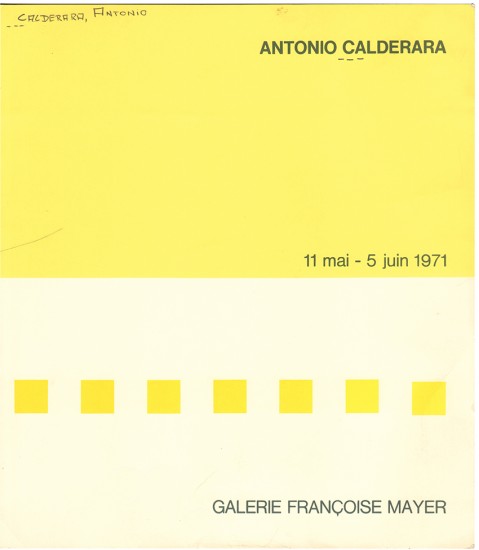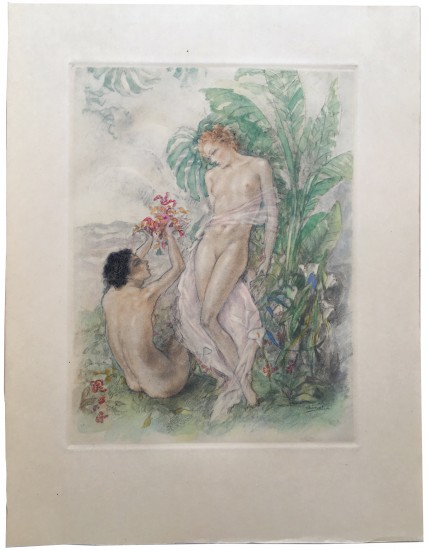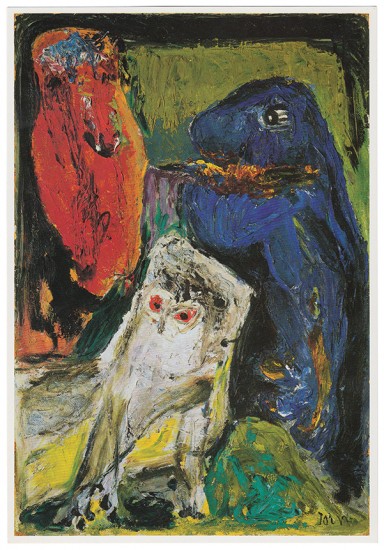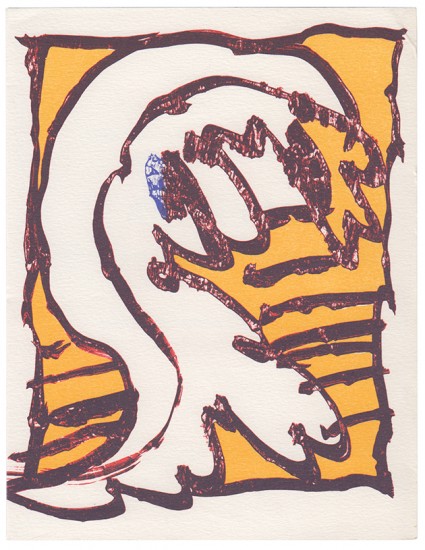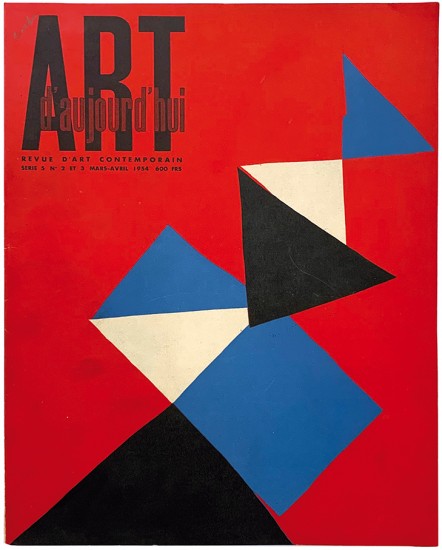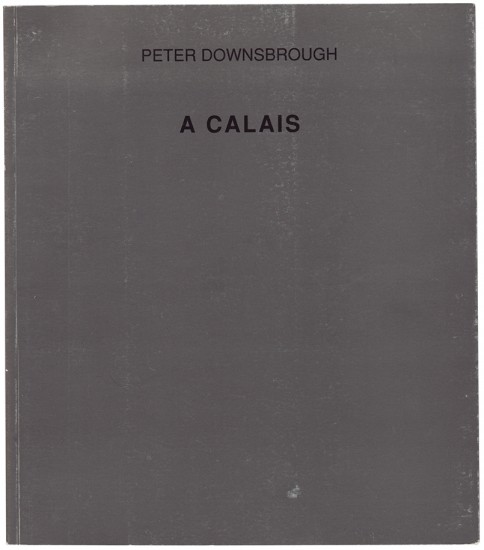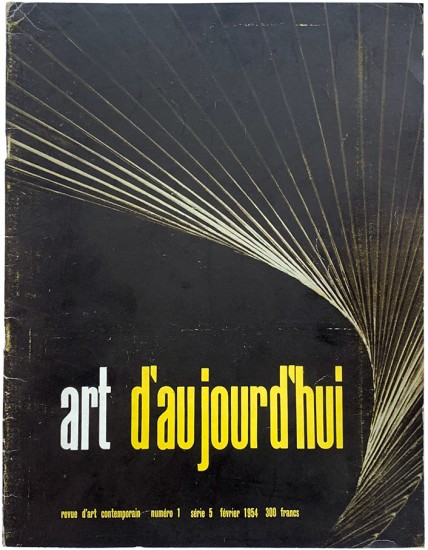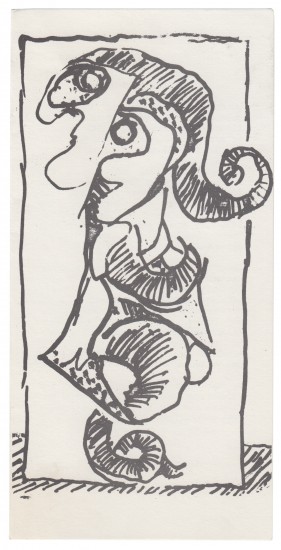Home Guard Manual of Camouflage
Penrose, Roland
London. G. Routledge & Sons, Ltd. 1941
A very good copy of Roland Penrose's rare manual with the scarce dust-jacket.
Roland Penrose was a Quaker and therefore a known pacifist, but after the outbreak of World War II he volunteered as an air raid warden and then taught military camouflage at the Home Guard training centre at Osterley Park: 'This led to Penrose's commission as a captain in the Royal Engineers. He worked as Senior Lecturer at the Eastern Command Camouflage School in Norwich, and at the Camouflage Development and Training Centre at Farnham Castle, Surrey. During his lectures, he used to startle his audiences by inserting a colour photograph of his partner Lee Miller, lying on a lawn naked but for a camouflage net; when challenged, he argued 'if camouflage can hide Lee's charms, it can hide anything'. Forbes suggests this was a surrealist technique being put into service. His lectures were respected by both trainees and colleagues. In 1941 Penrose wrote the Home Guard Manual of Camouflage, which provided accurate guidance on the use of texture, not only colour, especially for protection from aerial photography (monochrome at that time).' (Wikipedia / Tate Online).
A very good copy, there are some slight stains to the jacket, toning to the spine and rubbing at head and foot; the cloth and pages remain in excellent condition.
Roland Penrose was a Quaker and therefore a known pacifist, but after the outbreak of World War II he volunteered as an air raid warden and then taught military camouflage at the Home Guard training centre at Osterley Park: 'This led to Penrose's commission as a captain in the Royal Engineers. He worked as Senior Lecturer at the Eastern Command Camouflage School in Norwich, and at the Camouflage Development and Training Centre at Farnham Castle, Surrey. During his lectures, he used to startle his audiences by inserting a colour photograph of his partner Lee Miller, lying on a lawn naked but for a camouflage net; when challenged, he argued 'if camouflage can hide Lee's charms, it can hide anything'. Forbes suggests this was a surrealist technique being put into service. His lectures were respected by both trainees and colleagues. In 1941 Penrose wrote the Home Guard Manual of Camouflage, which provided accurate guidance on the use of texture, not only colour, especially for protection from aerial photography (monochrome at that time).' (Wikipedia / Tate Online).
A very good copy, there are some slight stains to the jacket, toning to the spine and rubbing at head and foot; the cloth and pages remain in excellent condition.
pp. 102. 8vo. (125 x 190 mm). Richly illustrated with monochrome drawings and 4 photographs. Original publisher's red cloth, title in black to spine, with the original jacket with illustration and titles in purple and cream to front cover and spine, advertisement to rear and explanatory text to flap.
#48227



